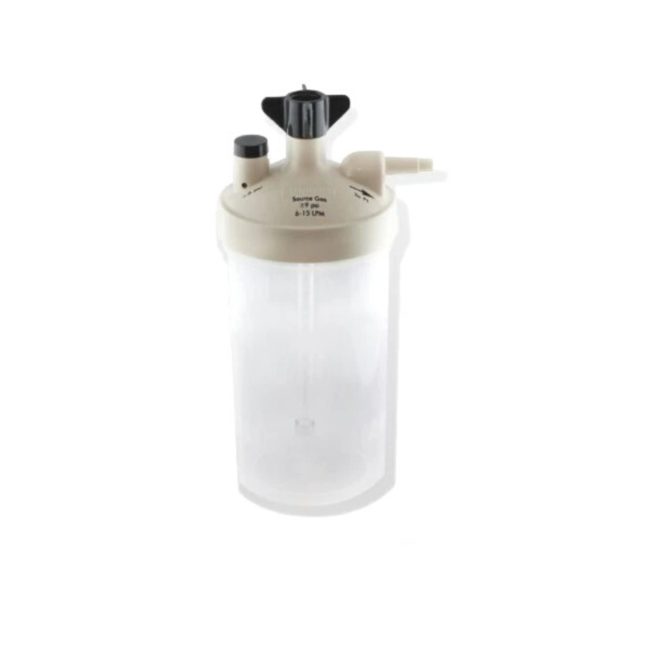Medical gases are now an essential part of the treatment of patients in any healthcare facility. However, behind the scenes is a complicated Medical Gas Installation with unique features that set it apart from the countless others found in these structures.
Although no two installations are alike, they all share the following characteristics:
The gas supplier owns the production and storage facility.
As a result, the suppliers of these items own practically all of the gas plants in hospitals. The Medical Gas Services, as they are generally known, is accountable for its legalization, safety, handling, and maintenance. This fact significantly impacts both supply and maintenance agreements, but it also affects the installation's duties.
Gases are regarded as a type of medicine.
These products are currently regulated as medicines under current regulation. This is a one-of-a-kind feature in a clean installation. None of the technical setups in a hospital transports a fluid that is recognized treatment through its interior. As a result, the responsibility for its proper functioning is distributed across several areas, on the one side, to the Pharmacy Department, and on the other, to infrastructure management and maintenance. This necessitates excellent cooperation between departments to ensure that service is always guaranteed and optimally managed.
Various connected services are required.
Medical gas is not something that is delivered to the store's front door and then forgotten about. It is usually linked to a variety of services, which vary depending on the resources and facilities of each hospital: bottle distribution, traceability, and so on. They are required to complete the service and typically supplement supply contracts, resulting in each center having an a la carte contract tailored to its requirements.
There are various systems
Different gas storage and distribution systems may be needed for the same health center setup: transportable bottles, shielded bottle batteries, cryogenic tanks, Victor Oxygen Regulator, and even self-production of air for medical usage.
After considering all of this, we can consider how excellent facility management should be carried out and the manager's priorities.
Obviously, as with the rest of the installation, the maintenance department must concentrate on avoiding any potential problems that the installation may present and striking a balance between the expenditures incurred and the security provided by the hired services.
A sound installation design is essential for avoiding future issues. It is convenient to predict everything that can avert severe difficulties later if we have the opportunity to take part in the engineering process, from creating pipes to Medical Gas Flowmeter with ordered and accessible layouts to bending circuits to outlets in essential places such as operating theatres or emergencies, having a backup supply in the event of a plant malfunction by arranging cylinder batteries, Medical Gas Regulators and more.
These are essential considerations. It's important to remember that the installations are usually rather extensive in terms of routes. Many outlets are often built in places that aren't utilized very often but may be required in the future.
Incidents are unavoidable, even if the design is excellent. The most prevalent are those resulting from poor socket practice, which can result in tiny leaks or require a professional's intervention to demonstrate how they should be managed appropriately.





Comments